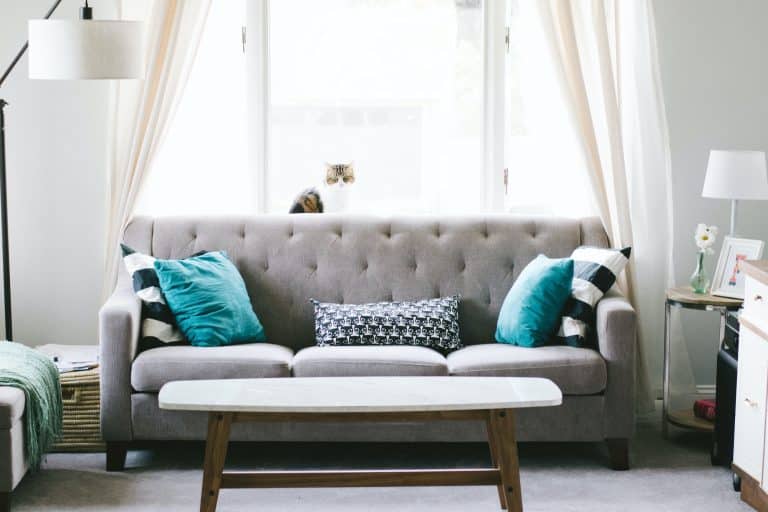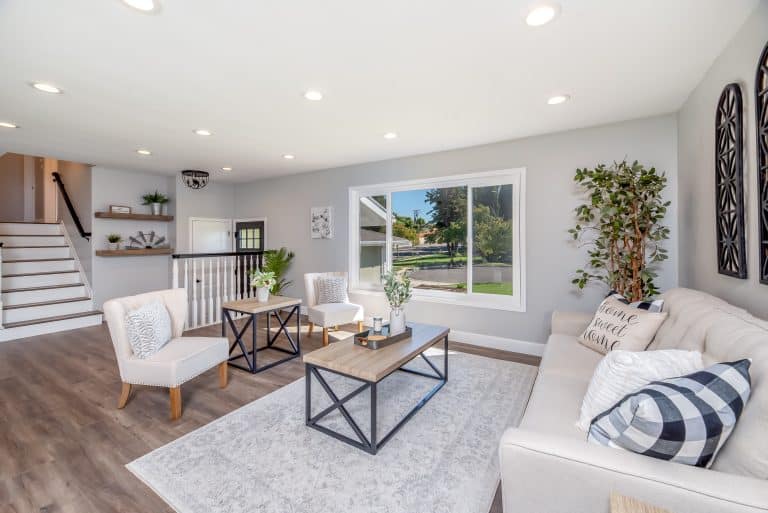Choosing the Best Furniture for Your Home
Furniture selection is an important part of decorating a house. When done correctly, it can enhance the beauty and atmosphere of a room. On the other hand, poor furniture selection can be a glaring eyesore and detract from the overall appeal of your home. Making the right choices when it comes to furnishing your space can be difficult, so Living Emporium put together this guide to give you some ideas on choosing the best furniture for your home.

Why Is Furniture Selection Important?
The choice of furniture can heavily influence the atmosphere and feeling of a room. A cluttered living room may give off a cramped vibe, while a minimalist one may promote a more open and airy environment. The first thing you should consider when selecting furniture is how it will contribute to the overall design and functionality of the space. In a well-furnished room, each item should have its own purpose and tie into the larger picture of the room's aesthetic. You should also think about the practical elements, such as providing enough seating for guests or ensuring easy access to frequently used items.
Understanding Your Space
When picking out furniture for a smaller room, it’s important to take measurements that will allow you to accurately visualize how items will fit into the space. As a rule of thumb, it’s always best to leave sufficient clearance in any area where you plan to place a piece of furniture. This may mean leaving gaps between furniture or reducing the size of the item if necessary.
1. Assessing Room Size
Start by noting down the basic measurements of your room: length, breadth, and height. Additionally, you should also note the size of the doorways and any additional complications such as stairs or radiators. With all these measurements in hand, you can get a better sense of how to lay out the furniture in the room.
2. Consider the Layout
When designing the layout for a larger room, it can be helpful to draw a diagram of the area including the walls, doorways, windows and furniture pieces. Generally, larger pieces of furniture like sofas and armchairs should be placed along the walls, reserving the center for more flexible pieces like coffee tables and ottomans. Alternatively, you could create two seating areas for a cozier feel.
Your Personal Style
Furniture selection is also about expressing your individual style. After all, you should make sure that the pieces you choose reflect your own unique tastes and preferences.
1. Define Your Aesthetic
Before you start browsing for furniture, it’s important to figure out what kind of overall aesthetic you are aiming for. Do you prefer a modern, minimalistic look or a more eclectic, vintage style? Taking the time to explore different design themes can help you determine the type of furniture that will suit your space.
2. Color and Material
When choosing furniture, you should also consider the color and material. Darker colors tend to make a space look smaller, so it’s best to opt for lighter shades in rooms with limited space. You should also think about the type of material, whether you want carpet, hardwood floors, or something else entirely.

Budgeting Wisely
Buying good quality furniture can be expensive, so it’s important to budget correctly. Having a budget in place will help to narrow down your options and ensure that you don’t overspend.
1. Set a Budget
Before you start shopping for furniture, it's essential to set a budget and stick to it. Figure out how much you can spend on each item based on the size of your room, your overall design goals, and the quality you desire. Doing this will help you avoid overspending and ensure that you get the best value for your money.
2. Quality Over Quantity
It’s usually better to invest in quality pieces instead of buying multiple cheaper items. While it’s tempting to buy multiple cheaper pieces, they won’t last as long or look as nice as more expensive pieces. Additionally, it’s worth noting that buying too much furniture can make a room look cluttered, so it’s important to keep this in mind when setting your budget.
Maintenance and Care
Once you’ve bought the furniture, it’s important to consider how you will maintain it. Different materials require different maintenance techniques, and it’s important to familiarize yourself with the care routine for each item.
1. Consider Maintenance Requirements
Different types of furniture require different types of care. For example, leather furniture needs to be conditioned and refinished regularly to keep it looking new. Similarly, wood furniture should be kept away from moisture and dusted at least once a month.
2. Protect Your Investment
A furniture warranty can be a great way to protect your investment. If something goes wrong with a piece of furniture and it needs to be repaired or replaced, a warranty can come in handy. It’s best to read through the terms of the warranty carefully to make sure that it covers the type of furniture you’re buying.
Conclusion
Choosing the perfect furniture for your home is an important task that shouldn’t be taken lightly. Thinking about the practical aspects of a room, such as size and layout, as well as personal style and budget, can help make the decision process easier. Additionally, understanding the maintenance requirements of each piece and investing in a warranty can help protect your investment.
